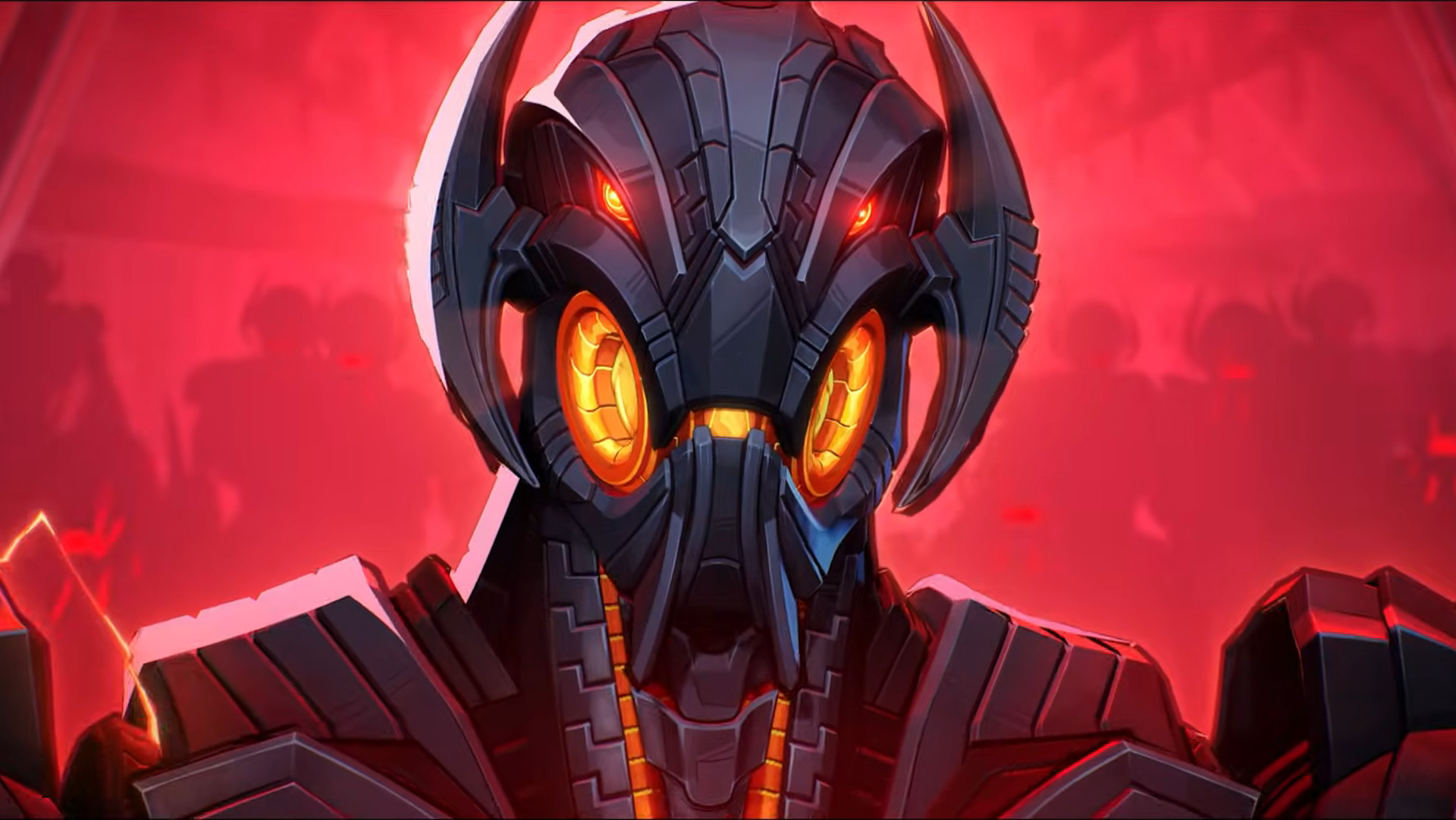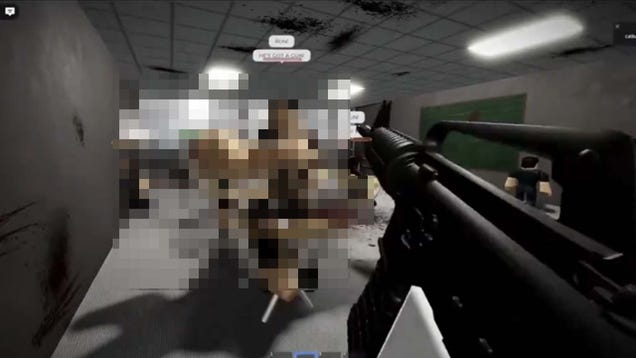
Black Ops 6’s Coolest Mission Shows It’s Time Call of Duty Left Modern Warfare Behind
Warning: Full spoilers for Call of Duty: Black Ops 6’s campaign follow.
The 2020s have not been kind to Call of Duty’s single-player campaigns. Black Ops Cold War was squeezed thin by the COVID pandemic. Vanguard was a rote, forgettable trip back to the war that started it all. Modern Warfare 2 was a hollow cover of the series’ greatest hits, while its 2023 sequel is largely considered the worst COD campaign ever made. Though chaotic development cycles inflicted by publisher Activision certainly haven’t helped, the past few years have highlighted that Call of Duty’s tried-and-tested approach is wearing thin. In 2007, the sniper battles of All Ghillied Up and all-in pushes of War Pig were pure adrenaline. Today, their modern equivalents feel increasingly like warmed-up leftovers.
Thank goodness, then, for this year’s Black Ops 6 and its reinvigorating campaign. Every one of its missions points to an interesting future for Call of Duty single-player, be that its opportunity-based intelligence gathering gala that copies Hitman’s homework, the Metal Gear Solid 5-like open world level dotted with mini objectives, or the perspective-hopping casino heist that’s painted in shades of GTA 5. But if Call of Duty is to pin its single-player destiny on any one of Black Ops 6’s ideas, I’d like to make the case for its most left-field choice: its delightfully messed-up homage to Resident Evil.
By far the coolest level in Black Ops 6’s campaign is the sixth mission, Emergence. In the depths of a secret underground facility you’re subjected to a gas attack that causes you to hallucinate the undead. It’s a convenient way to crowbar elements of Call of Duty’s ever-popular zombies mode into the campaign, and for a moment I was reminded of Black Ops 3’s dreadful attempt at the same idea. But, thankfully, rather than devolve into an ugly playable teaser for another game mode, the level transforms into the campaign’s most creative and memorable mission.
Emergence’s broad structure is pilfered from Resident Evil; your main objective lies behind a door locked by four different key cards, each of which is hidden in a different section of the facility. Echoing Resident Evil Village, each of those areas has its own theme and foe, and they all take Call of Duty’s fundamentals and cut them with something exciting. The yellow key, for instance, is guarded by a charging triple-headed beast that must be avoided through the constant use of a grappling hook. The boss arena is littered with anchor points to zip to, some of which move up and down based on your weight in order to provide a small level of platforming challenge. If this all sounds a little Doom Eternal, then you should see the gory takedowns you can perform by using the hook to reel in your undead enemies.
Grapple points are found across the entire facility, and so all of the mission’s encounters allow you to rapidly relocate to new vantage points or perform lightning-fast flanking manoeuvres. This is helpful when acquiring the red key, which involves a fight with a Wolfenstein-style super soldier and his angry minions. But it’s when the grapple meets less traditional FPS encounters that things really begin to feel interesting. The blue key is guarded by what is basically the mimic from Arkane’s Prey – an oily creature that transforms itself into flickering office furniture to kick off a Prop Hunt-style game of hide and seek. The grapple lets you climb high for a better view of the area, and then rapidly descend when you spot your foe twitching like a chair or lamp wouldn’t.
Where Emergence really pushes the boundaries of Call of Duty, though, is in an encounter with a gang of mannequins pretending to be Doctor Who’s Weeping Angels. If you’re unfamiliar with the Time Lord’s most terrifying enemy, Weeping Angels can only move when you’re not looking at them. In Black Ops 6, that means spinning around to discover that the horde of dummies you last saw over in the break room are now inches away from snapping your neck. They force a significant shift in encounter design, abandoning traditional run-and-gun tactics in favour of a delightfully creepy puzzle in which you try to keep every enemy frozen in place through diligent use of the camera.
Developer Raven Software has really hit on something with Emergence. Freed from the shackles of believability and military authenticity, its design is able to incorporate vastly different ideas from the rest of the campaign and the series at large. I’m reminded of Respawn Entertainment, the studio founded by veteran Call of Duty staff from Infinity Ward. That team was able to craft more creative missions thanks to the sci-fi setting of Titanfall, in which giant robot battles and time travel were plausible possibilities. The lesson of both Titanfall 2 and Emergence is not that Call of Duty should turn into a horror game – it’s that the series can find a new creative spark if it’s willing to go beyond modern warfare and explore more unusual territory.
The risk of such a move is the loss of identity. But Call of Duty’s identity is much less solid than it initially seems. While it’s yet to have a God of War-style shift, its tone and approach over 20 years of annual releases has proven at best malleable, and at worst unstable. In 2007 Infinity Ward felt the need to explore beyond the restrictive barriers of World War 2, and the shift to Modern Warfare allowed it to craft a campaign with helicopters, gunships, and guided missiles. By the mid-2010s the relentless year-after-year cycle demanded some kind of innovation, but studios Sledgehammer and Treyarch only slightly rocked the boat with near-future settings for Advanced Warfare and Black Ops 2 and 3 – the result was pretty much Modern Warfare with more digital guff on screen, which was just as revolutionary as it sounds.
By 2017, Infinity Ward was ready to take a proper swing at a whole new frontier: space. Infinite Warfare – essentially Call of Duty does Halo via Killzone – proved to be the most fascinating, well-constructed campaign in the series since the celebrated Modern Warfare 2. Its cosmic dogfights and sci-fi weaponry may have been the obvious changes, but a well-conceived side quest system provided both variety and an extra layer of player agency. Sadly, Infinite Warfare was overwhelmingly rejected by the community. Fans disliked the far-future setting from the moment they saw it – the announcement trailer became the second most-disliked video in YouTube history at the time of its arrival. Add to its woes a poorly received multiplayer mode (which, let’s face it, will always be the most important thing for Call of Duty) and what could have been the on-ramp to an era that was freer to innovate was cut immediately short. Unsurprisingly, Infinity Ward hastily returned to the frontlines of Modern Warfare for its next project, and the series has been largely “realistic” ever since.
Rewinding back to 2007’s success story has been a tale of diminishing returns, though. 2019’s Modern Warfare is among the series’ very best campaigns, but its two sequels form a devastating nosedive into disaster. Meanwhile, Sledgehammer’s attempt to recapture the glory days of Call of Duty’s 1940s infancy only further highlighted the setting’s restrictions by bolting on a load of ‘retrofied’ modern weapon attachments to M1 Garands and Tommy guns. And so it’s become clear that Call of Duty is in desperate need of something new. Thankfully, that something new can be found not just in the zombie-infested halls of Emergence, but across the Black Ops Cold War and Black Ops 6 campaigns, both developed by Raven Software.
For years Raven was an invisible support studio, aiding more prominent developers to put together Call of Duty games – an unglamorous position for a company that, in the late ‘90s and early 2000s, was responsible for such thunderous FPS hits like Hexen, Soldier of Fortune, and Jedi Knight 2. Now promoted to the more befitting status of campaign lead on the Black Ops games, it has been able to feed more interesting ideas into Call of Duty. Inspired by the trippier aspects of the original Black Ops and its Fight Club-style twist, Raven has ventured into weirder, wilder territory.
Cold War’s standout mission, Break On Through, reveals that you have been subjected to the CIA’s MKUltra brainwashing project, and uses narrative-altering red doors that appear across the course of a mission in Vietnam to represent your mental battle during an interrogation. Black Ops 6 has its own version of this – the practically supernatural Separation Anxiety – and the results are similarly fascinating. The mission is spliced with the much more traditionally explosive Checkmate, bouncing back and forth between eerie horror and snappy gunplay. It’s a similar blend to what we see in the Emergence mission, and it really does feel like a glimpse at a more engaging future for Call of Duty campaigns.
These boundary-pushing missions remind me of a game from Raven’s past: 2010’s Singularity. Much like Black Ops, it’s a military shooter set during the Cold War, but alongside your assault rifles and pistols you have access to a time manipulation device that can rapidly age enemies to dust. While researching this article I came across a video from oboeshoesgames that describes Singularity as “an oddly captivating mix of Half-Life and COD,” and that blend is exactly what I want to see more of. I want Activision to make Call of Duty campaigns that hold onto the series’ gritty military fiction core, but move away from its (typically unsavoury) use of real-world conflicts and utilise sci-fi, conspiracy, or pulpy supernatural ideas to open up new mechanical, systemic, and level design horizons. The absurdity of the CIA’s MKUltra project is a fantastic starting point, but let’s go further. How about a 1950s-set paranoid thriller that deals with the extra-terrestrial implications of the Roswell incident? A covert team hunting global blood traffickers that turn out to be vampires? Or perhaps even a return to Infinite Warfare’s harsh galactic frontier?
Whatever is next, it’s clear that the age of Modern Warfare has run its course. It’s time for Captain Price to hang up his gloves and let the weirdos take over.
Matt Purslow is IGN’s Senior Features Editor.







